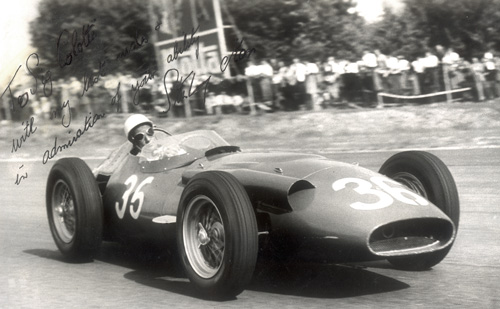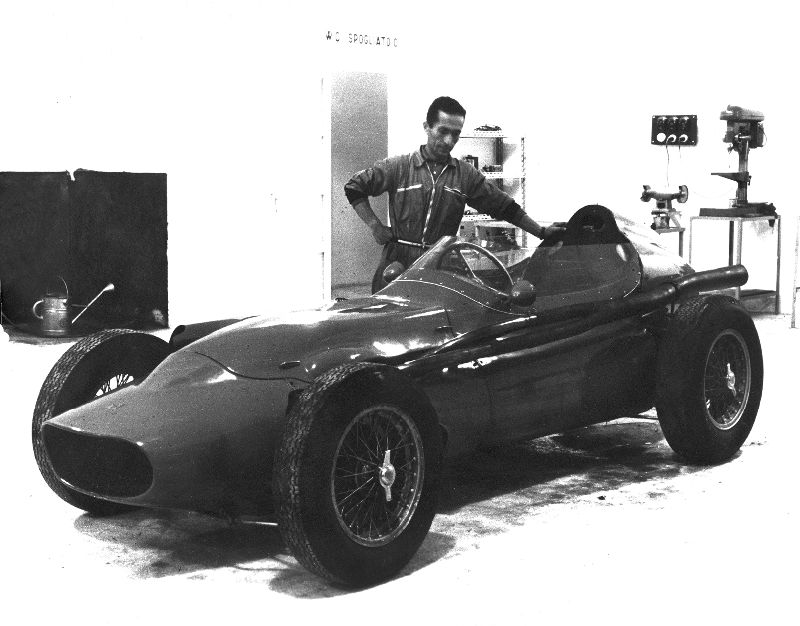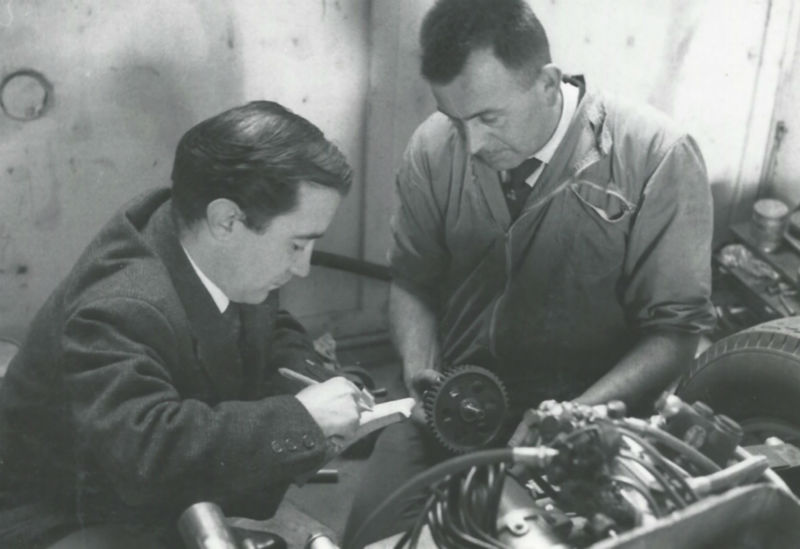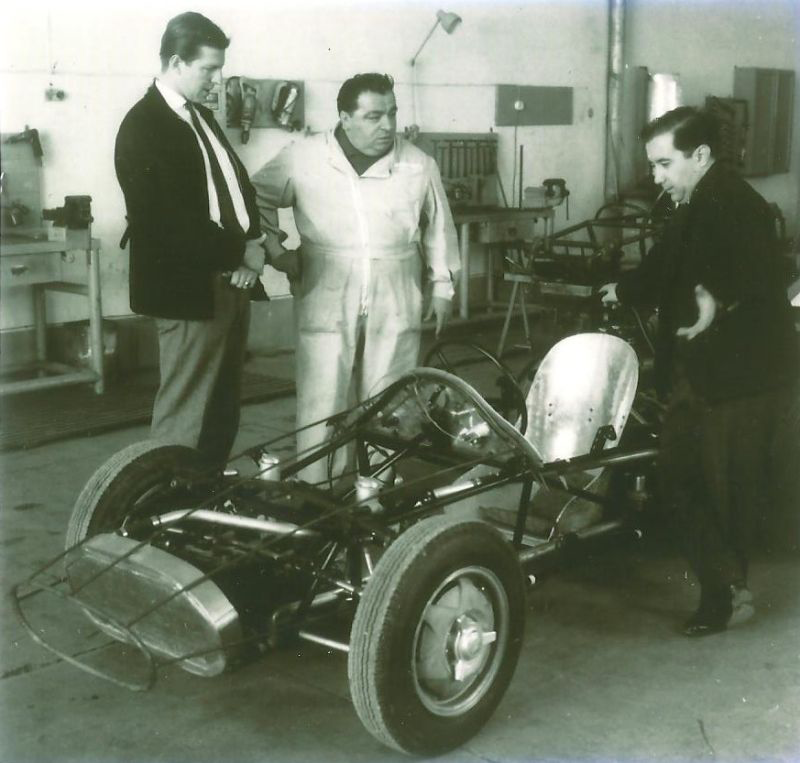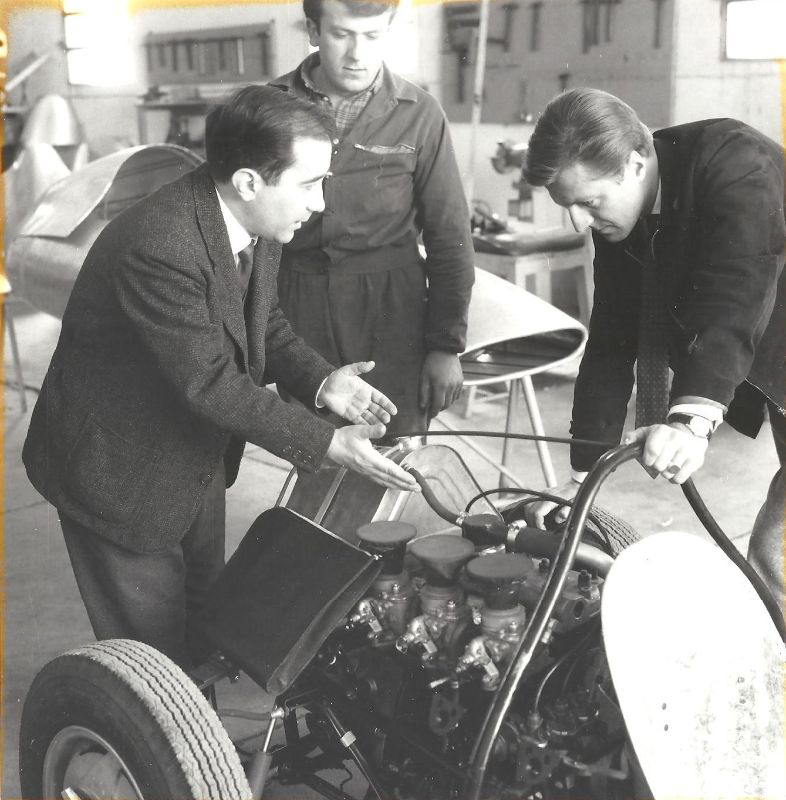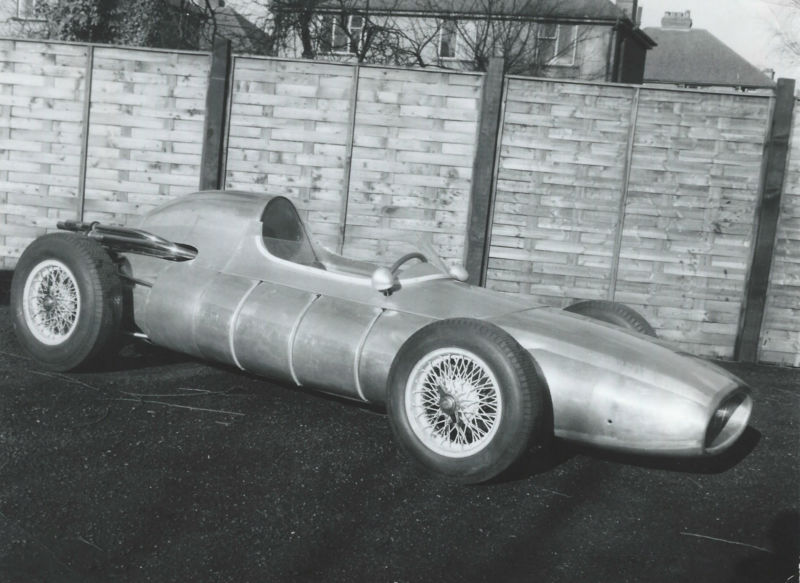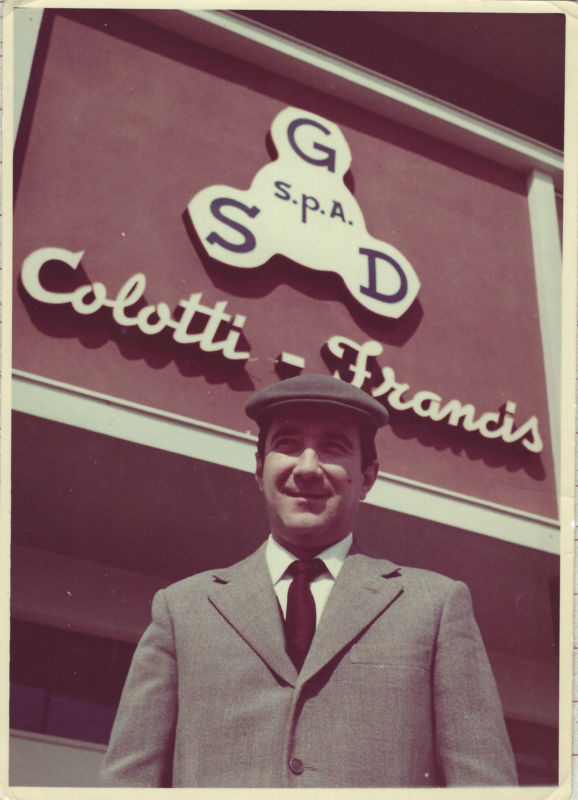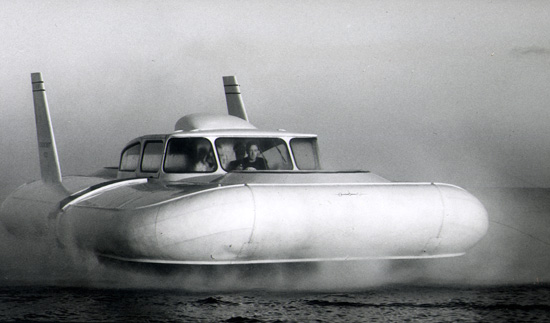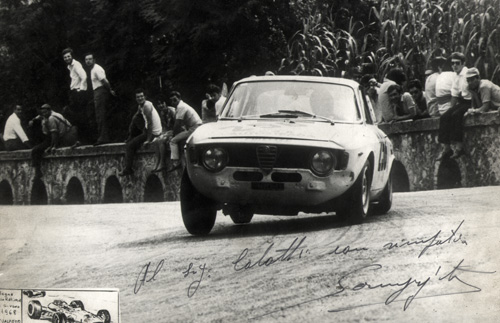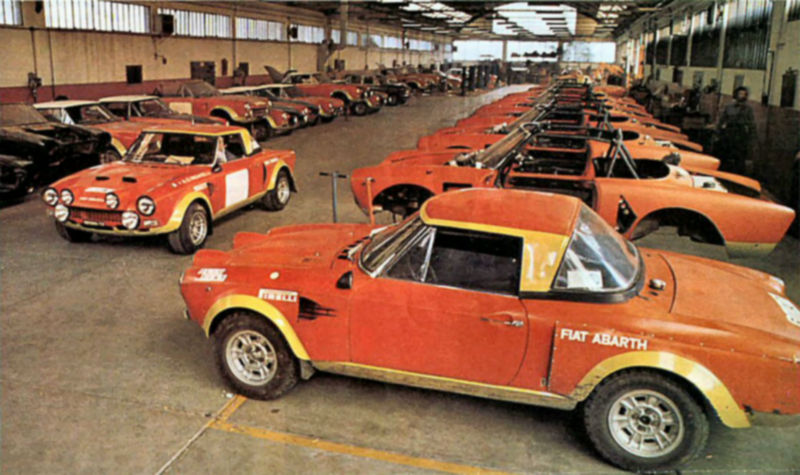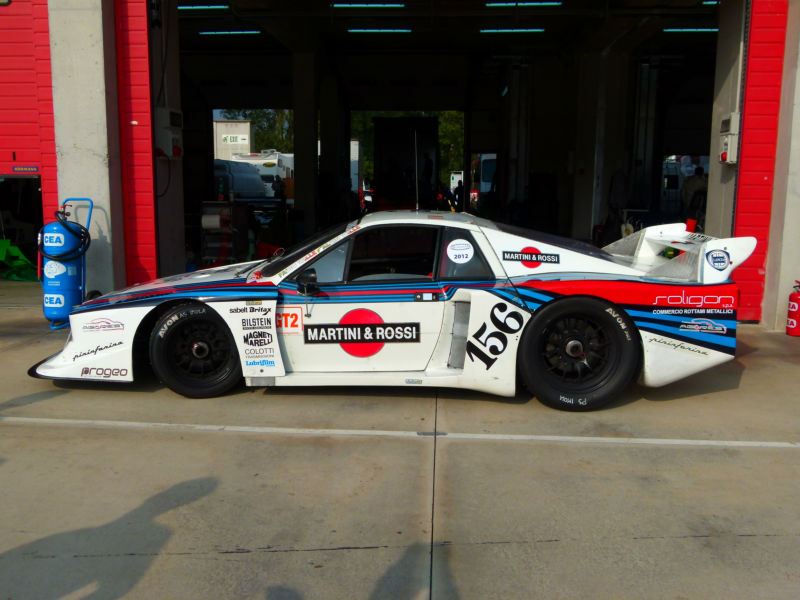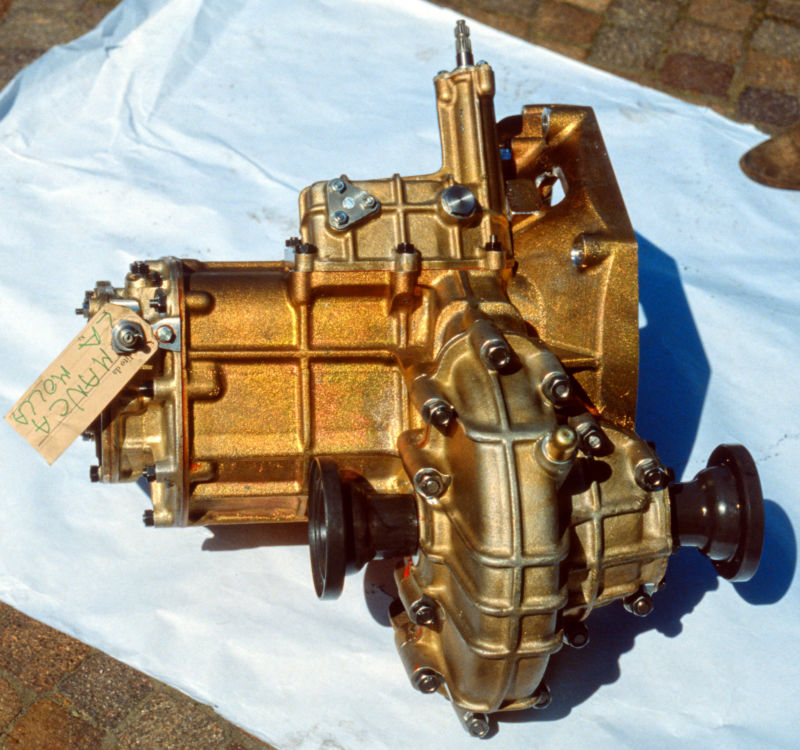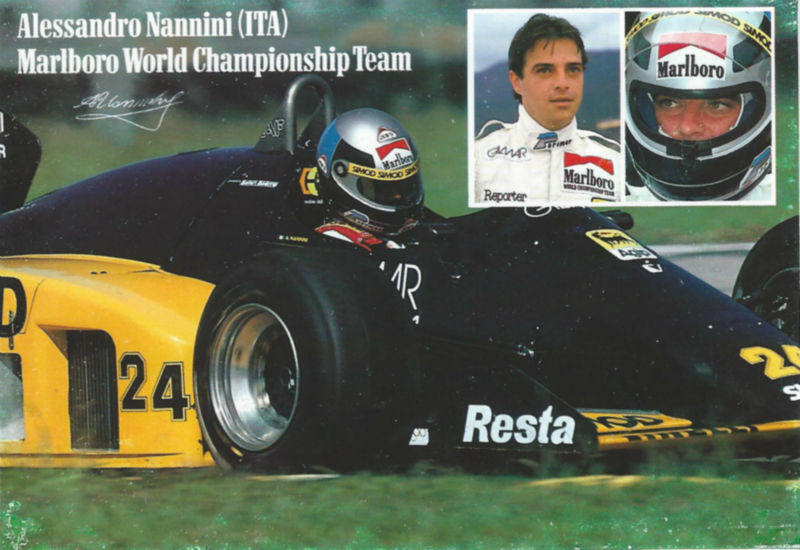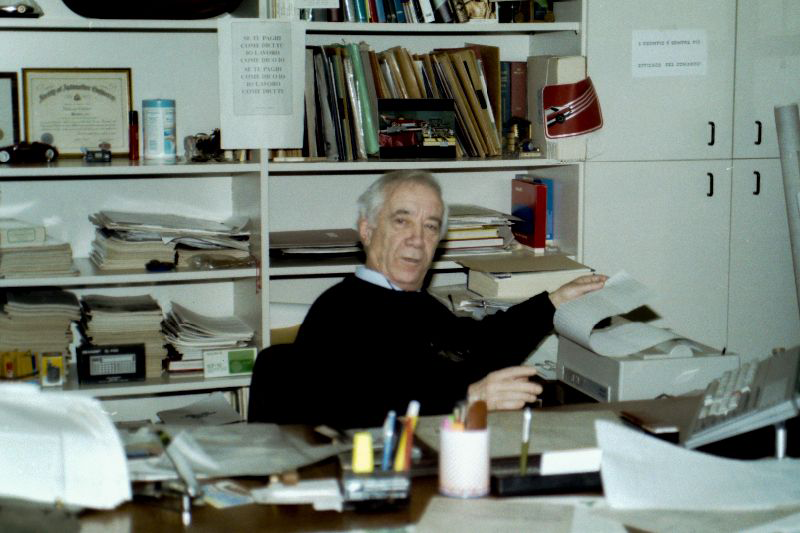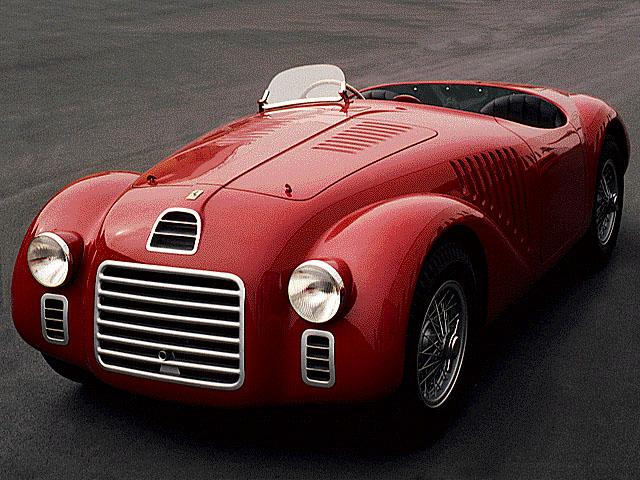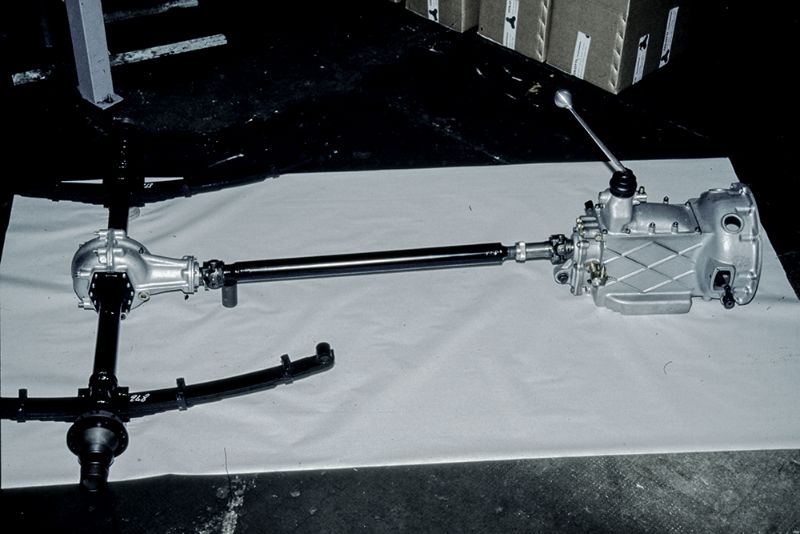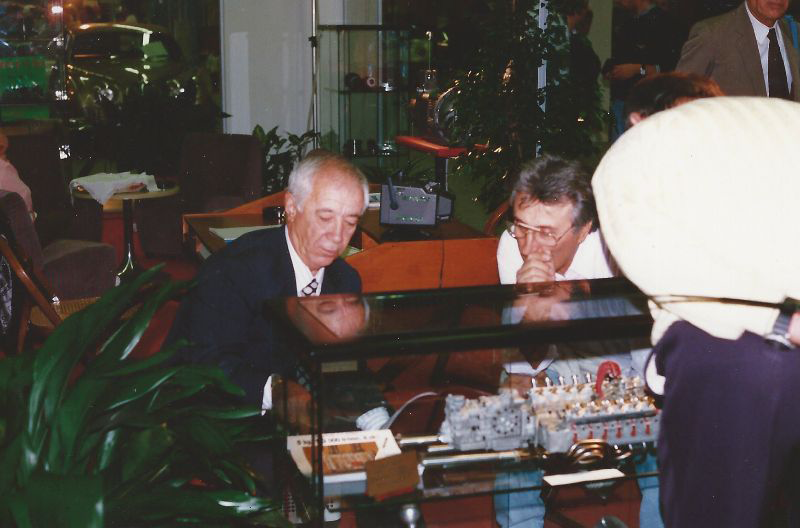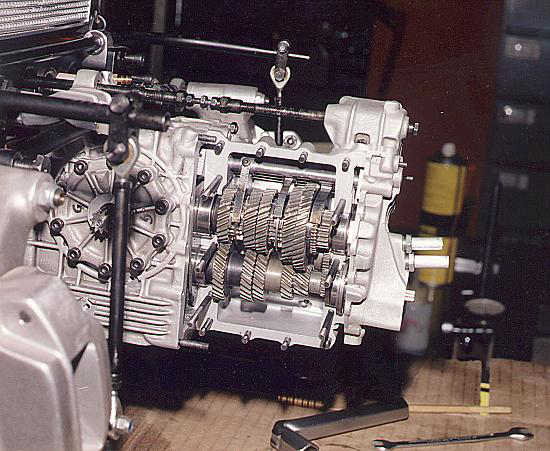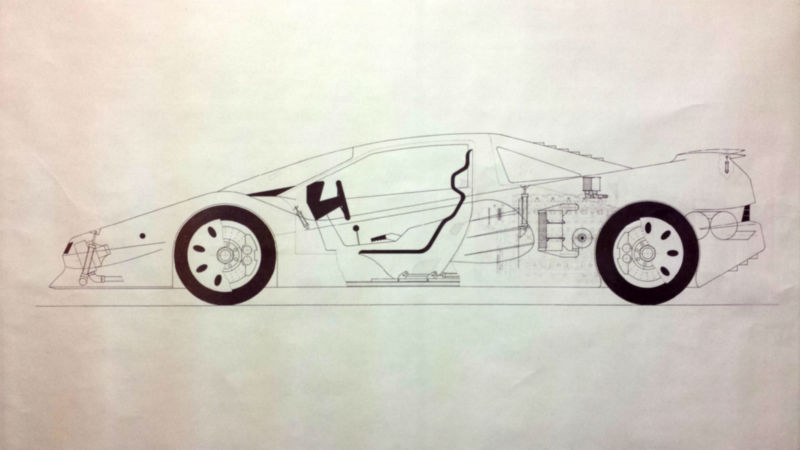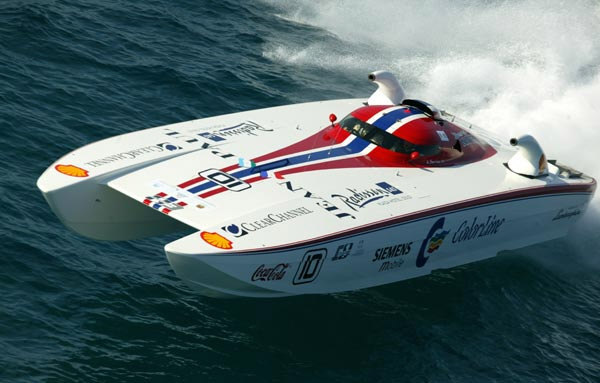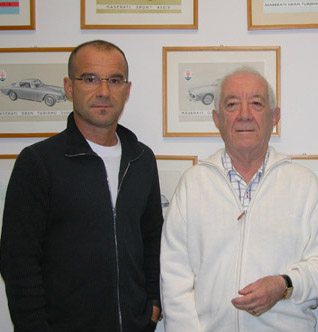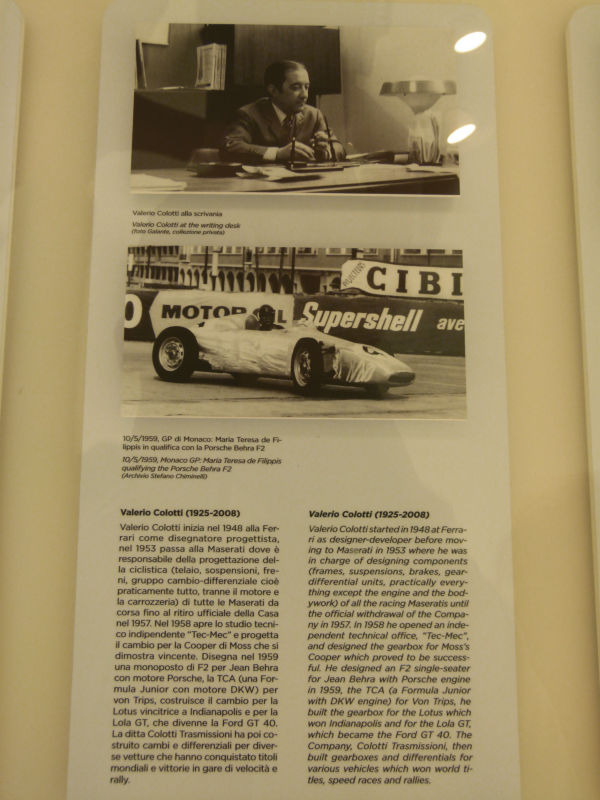History
A passion for over 60 years
The origins
The history of Colotti Trasmissioni begins in 1958 when Valerio Colotti establishes the " Tec-Mec ". This is the result of a five year experience in the technical department both at Ferrari and at Maserati where he projects the differential, the suspensions, the steering gear, the brakes and the chassis for the 250F , F1 World Champion in 1957 .
He starts his activity with the project and the manufacture of the gearbox and differential for the Cooper Climax of Rob Walker's racing team , whose drivers Maurice Trintignant and Stirling Moss , award him the success. In 1959 he projects the Tec-Mec with the engine and the gearbox of Maserati 250F , a F1 car now owned by Mr. Barry Wood and masterfully led in historic races by his son Tony Wood.
In the same year, on behalf of Jean Behra , he projects the chassis of the Porsche-Behra , now in The Revs Institute Museum in Florida.
The reliability and the technical changes award him the success by which official stables such as Cooper, Vanwall , Lotus , Brabham , McLaren , Fergusson and BRM order gearboxes and differentials, obviously designed according to the technical particulars of the different cars.
Between the 1950s and the 1960s
Between 1959 and 1960 starts the cooperation with Alf Francis , chief mechanic of Rob Walker's Racing Team , necessary to have a worthy, well-known technician who makes the contacts with the customers much easier: the Tec-Mec becomes " Colotti-Francis ". On request of the driver Wolfgang Von Trips he projects the chassis of the formula Junior T.C.A. ( Trips Colotti Automobili ). The car, after being tested in the aeroautodrome in Modena, is sent to Germany where it takes part in one or two uphill races but unfortunately the cooperation that seemed to be very interesting stops because Von Trips dies in a car crash in Monza . The TCA 001 and TCA 002 cars are on display at the Prototyp Museum in Hamburg.
Through Mr.Colotti's partner, Alf Francis , and on request of the drivers who have had the chance to drive the Tec-Mec and the Porsche-Behra , RobWalker Racing Team asks to modify the geometry of the front axle of two Lotus cars belonging to the mentioned racing team. The positive result of the operation speeds up the project, laid for long, to carry out a F1 on behalf of the "Rob Walker Racing Team" . Colotti-Francis is charged with the study the chassis of the so called Walker Special , made in Dorking with 2.5 litre Coventry-Climax engine.
Since the 1960s
The urgent commitment with the championship lets them test the car in a due way only at the end of the season but, even if it has showed to have reached the settled goals, the project and the development are at the moment set aside because the regulations for the new season oblige the changing of the 2.5 litre engine with the 1.5 litre one.
Further to the new regulations Colotti-Francis studies, projects and carries out a new gearbox and differential suitable to 1.5 litre engines. The T.34 at 6 speed is born and it weight only 34 kilos.
At the beginning of the 60s Colotti-Francis is charged by the Britten & Normann , from the Isle of Wight, to study the transmission for the Cushioncraft .
Colotti-Francis projects other special transmissions for the industrial sector manufacturing gearboxes and power-transfer for truckmixers, which make use of the technology successfully employed in the sports competitions
The gearbox and differential T.37 is projected and manufactured on Colin Chapman's request to be employed on the Lotus 29 that, with Jim Clark , wins Indianapolis 500 Miles in 1964. This gearbox and differential is then employed for the Lola cars by Eric Broadley and also, for a brief period, by Ford on the GT40s after it has taken over the Lola cars . Colotti Trasmissioni , that in the meantime has assumed the current name after a brief period as G.S.D. ( Gear Speed Developments ), projects and carries out the epicycloid speed reducer, direct put on the mixer of truckmixer. In this way the big chain that was employed to make the mixer rotate, was completely eliminated, together with the gearbox and the power transfer.
In the 1970s
In the mean time, Colotti works in cooperation with important Team and Italian racing car makers as Fiat Auto , Alfa Romeo , ATS , De Sanctis , Serenissima and Centro Sud .
The drivers complain about the lack of traction and this urges Colotti Trasmissioni to study, project, manufacture and patent the limited slip differential called "Coppia-Frenata" . The success in the competition draws on it the attention of the car companies manufactures of supercars . The experimentation shows its efficacy mainly on slippery and snow-clad asphalt.
The truck mixers, to adapt to the market request, are made with two different volumetric capacity and, of course, two different rotation speed of the mixer. Colotti projects a new reduction gear replacing the previous epicycloid gear with a couple of gears whose ratio is studied to be conformed to the two rotation speed requested. This solution allows a considerable reduction of the production costs very appreciated by the customer.
At the end of 1970s Mr.Giampaolo Dallara , engineer, asks Colotti Trasmissioni to study, project and manufacture the gearbox and limited slip differential for Lancia Beta Montecarlo which he is preparing on behalf of Fiat Racing Team . Colotti , in addition to what requested, study a new limited slip differential which increases the potentialities and the quickness of reaction. The new limited slip differential, called "Duo-Block" , is patented and proves to be technically exceptional in its mechanic and frame parts, the Lancia Beta Montecarlo Gr.5 wins the Endurance World Championship both in 1979 and 1980.
From Formula 1 to the agricultural sector
There is alos an exciting collaboration with Minardi Team, which culminates with the admittance of Minardi into F1 .
The coming of the four wheel drive cars demands a further device checking the skiding of the front and rear tyres. The new device, put on the central differential , is patented and called "Split-Diff" , and prevents the loss of grip of the two axles, front and rear.
Colotti Trasmissioni enters the agricultural sector with the project of a gearbox for a small size tractor that can be used also on other machines. The good result obtained brings about the request for studies and projects for agricultural equipment.
The motorcycling sector asks for its competitions, studies, calculations, projects and manufacturing of gears for which are studied particular forms of the tooth to support the increase of power supplied by the engine.
The request in the sector of the epicycloidal reduction gears , of a small and medium size, leads to study a special form of the tooth of the gear, which is patented. The advantage is not only from a technical point of view but also from an economic one, as it reduces the thickness of the width of gear wheel and lowers the costs of production leaving unchanged the guarantee given by the producer to the customer.
Ferrari
The manufacture of a replica of a 125 Ferrari car, the first car created by Officine Ferrari , after the second world war, is assigned to the Colotti Trasmissioni by Ferrari itself, personally by Mr.Piero Ferrari . The work, with the aid of the original drawings, consists of the realization of the following groups: gearbox , transmission shaft , rear axle , front and rear brakes , chassis , suspensions and steering gear . The final result is excellent, mainly in the changes directly permitted by the Ferrari itself, as it is said by those who had the chance to drive the 125 Ferrari car on Fiorano track.
In the same period Colotti is given the opportunity to study and carry out the manufacturing of a gearbox and differential for another replica of Ferrari car. The problem, this time, is that the replica is in a 1:3 scale and so the Colotti Trasmissioni enters the sector of micro gearing. The project is exciting because the french customer, who has made the perfect working replica of the 12 cylinder Ferrari 312PB , wants now to bring the work to a conclusion making the complete car. Colotti manufactures the perfect copy, obviously recalculating the size of the speed gears with the reverse, of differential with c.w.p, rods and selection forks. The final result is given the compliments of Mr. Piero Ferrari himself who had asked to see as first the car working in Maranello .
Colotti projects and carries out for the newborn C.Z.Automobili a gearbox and limited slip differential with first gear syncronized and second, third, fourth, fifth with dog clutch. The collaboration with Mr. Claudio Zampolli , owner of C.Z.Automobili , carries on with the study and the execution of changes to the geometry of the suspensions and of the steering gear but a premature closing of the firm endangers the development although, with the modified prototype, it had showed the effectivness of the work done.
Up to the present time
Automobili Lamborghini gives to Colotti Trasmissioni the opportunity to enter into the sector of the racing boats. For them Colotti projects a sequential gearbox with six speed , final drive gear and desmodromic drive system . In the same period he studies and carries out spare parts with longer working life than the original ones for other off-shore teams with diesel and petrol engines.
The safety regulations offer the opportunity to explore other fields. One of these is the one of the cars working at a "walking pace". The project is carried out and patented and obtains the authorization to be put on the cars of Fiat Automobili group.
It also carries out, with great enthusiasm and thanks to the preparation and the competence gained in decades of successes, the commitment in the reconstruction of gears and limited slip differentials for vintage cars still involved in contests and competitions which still fascinate many great car sportspeople.
Unfortunately the founder of the factory, the world-famous designer Valerio Colotti , died on 19 January 2008, but also the new MEF , Enzo Ferrari Museum , put him among the people that made the History of Automobilism .
The commitment and the pride of his son Marco assured that the technical and human aspect of Colotti Trasmissioni will be continued in his father's name.
On October 3, 2016, after a long illness, Paolo passed away, son of Valerio Colotti , who for many years worked in the company.
